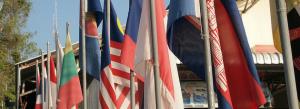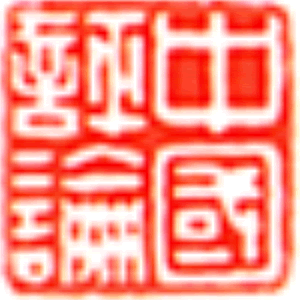中评社新加坡6月2日电(记者 臧涵)Observers of events on the Korean Peninsula can be forgiven for an overwhelming sense of déjà vu: another week, another North Korean missile test. Unfortunately, the options available to policymakers are similarly repetitive.
With its ever-increasing number of missile tests, North Korea has sought to both develop its indigenous technological capability while driving wedges between its neighbours. For example, Pyongyang’s behaviour has prompted the deployment of the Terminal High Altitude Area Defence (THAAD) system in South Korea, which in turn has caused Chinese anger towards Seoul. Deployment of the same missile defence system also appears to be straining United States–ROK relations. Furthermore, this week’s missile test looks to have targeted a particular stretch of water disputed by Japan and South Korea, presumably looking to destabilise regional unity further.
Over the past 12 months, in addition to the numerous missile tests, Pyongyang has also tested a nuclear device, further demonstrated its asymmetric cyber capabilities and continued to evade multilateral sanctions. This unchecked development is explored in greater detail in the 2017 Asia-Pacific Regional Security Assessment, launched this week at the IISS Shangri-La Dialogue.
The focus at the dialogue will be on China and the United States’ attempts to resolve the situation on the Korean Peninsula, but the forum in Singapore also provides an opportunity to assess regional efforts. ASEAN’s twin-pronged approach of punishment and engagement is rarely mentioned. Although this is perhaps the way member states would prefer it, Washington has recognised the need to engage regional partners more persuasively as the situation continues to worsen.
|

